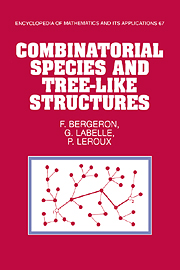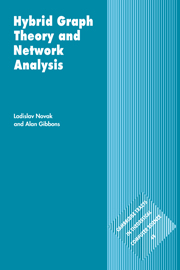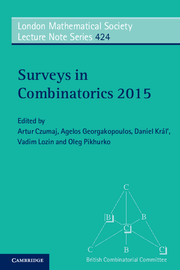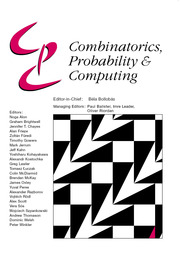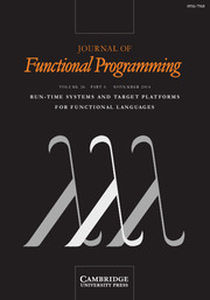Combinatorial Species and Tree-like Structures
The combinatorial theory of species, introduced by Joyal in 1980, provides a unified understanding of the use of generating functions for both labelled and unlabelled structures and as a tool for the specification and analysis of these structures. Of particular importance is their capacity to transform recursive definitions of tree-like structures into functional or differential equations, and vice versa. The goal of this book is to present the basic elements of the theory and to give a unified account of its developments and applications. It offers a modern introduction to the use of various generating functions, with applications to graphical enumeration, Polya theory and analysis of data structures in computer science, and to other areas such as special functions, functional equations, asymptotic analysis and differential equations. This book will be a valuable reference to graduate students and researchers in combinatorics, analysis, and theoretical computer science.
- A clear and modern explanation of when to use the different types of generating series
- Over 350 exercises of varied difficulty
- Results are summarised into tables of species and associated generating species
Reviews & endorsements
'This book can serve as an introduction to the subject; it will also be an extremely valuable reference book.' International Mathematical News
' … the first complete presentation in English of the combinatorial theory of species.' L'Enseignment Mathématique
' … a comprehensive account.' Zentralblatt für Mathematik und ihre Grenzgebiete
Product details
November 1997Hardback
9780521573238
480 pages
243 × 162 × 32 mm
0.8kg
135 b/w illus. 19 tables
Available
Table of Contents
- 1. Introduction to species of structures
- 2. Complements on species of structures
- 3. Combinatorial functional equations
- 4. Complements on types of structures
- 5. Species on totally ordered sets.

